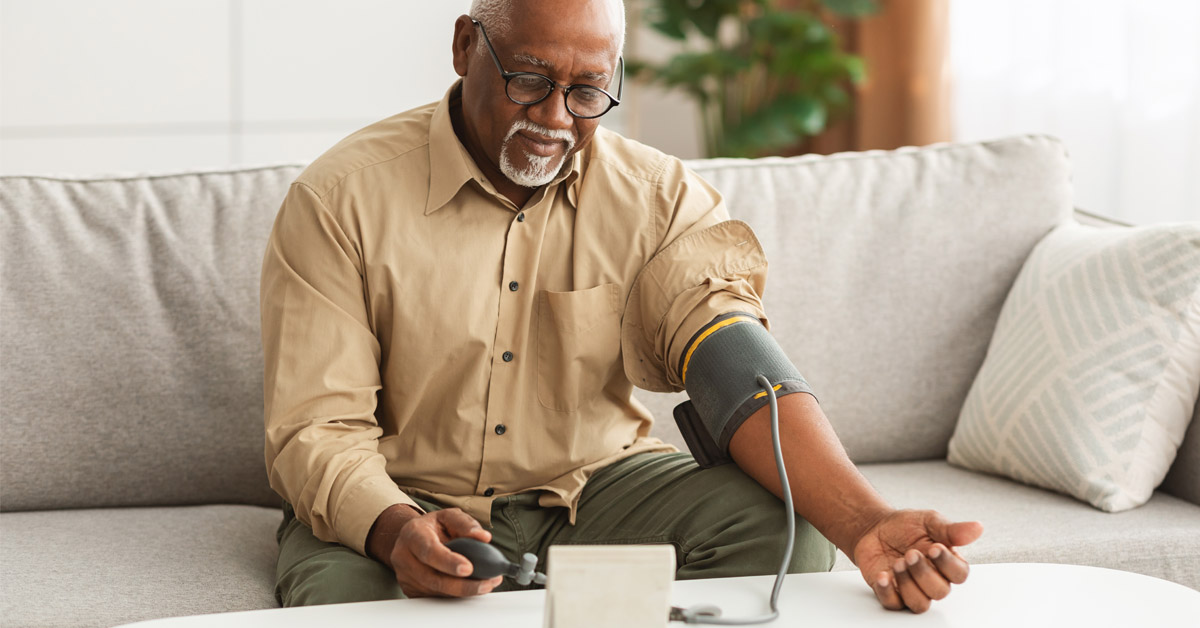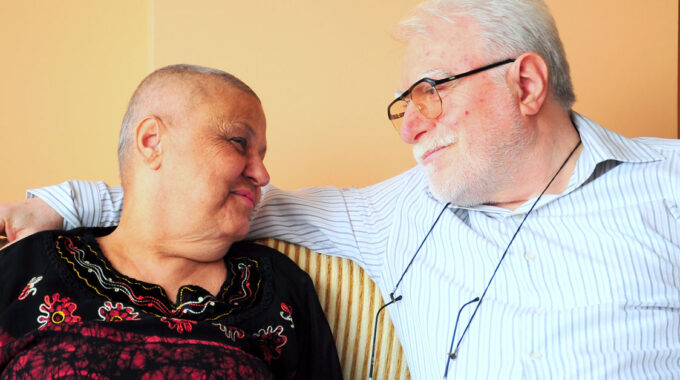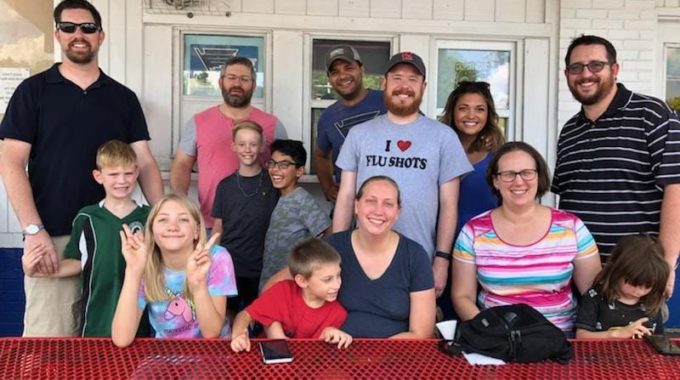
Addressing Hypertension in Older Adults: The Crucial Role of Home-Based Interventions
Hypertension remains a formidable global health challenge, ranking as the most prevalent risk factor for cardiovascular disease burden and mortality. In 2019, it was the leading cause of death among women and the second leading cause among men, contributing to nearly 20% of deaths worldwide.1 For older adults, hypertension is closely linked with severe cardiovascular outcomes such as heart failure, stroke, myocardial infarction, and premature death.2 These risks are exacerbated by aging-related changes like arterial stiffness, neurohormonal dysregulation, and declining renal function.3 Despite these challenges, effective antihypertensive treatment can significantly benefit elderly patients, but special considerations must be made in their management.4
Pharmacotherapy and Adherence Challenges
Pharmacotherapy plays a central role in managing health conditions, particularly among older adults. However, medication non-adherence is a significant concern in this population due to factors such as age-related changes and polypharmacy. Studies have shown high rates of discrepancies between medications prescribed and those actually taken by elderly patients. These discrepancies can lead to adverse outcomes, including hospitalizations and drug-related problems.
To address this issue, home health offers medication teaching and reconciliation services. These services involve reviewing a patient’s medications, providing education on proper use, and ensuring that the patient is taking the correct medications as prescribed when ordered by a doctor. Medicare covers 100% of the cost of these services for homebound Medicare beneficiaries.
Lifestyle Modifications: Benefits and Barriers
While pharmacotherapy is essential, lifestyle modifications are also crucial in managing hypertension, especially in milder cases.6 Dietary changes alone can lower systolic blood pressure by up to 14 mm Hg, and regular physical activity, such as walking, can reduce blood pressure by as much as 9 mm Hg.7,8 Even modest daily activity can help lower blood pressure categories significantly.9-11 However, adherence to lifestyle changes can be challenging, particularly in older adults who may struggle with physical activity and dietary modifications due to age-related barriers.
Home health care extends support beyond traditional primary care settings by providing home-based interventions. This includes helping patients with telemonitoring devices, ensuring adherence through proactive follow-ups, and addressing lifestyle modification challenges directly in the home environment.12 For patients with uncontrolled hypertension, new diagnoses, or medication changes, Medicare-funded home health services can provide necessary support.
In-Home Physical Therapy and Dietary Support
Older adults may resist activity recommendations due to fears of injury or other age-related concerns. In-home physical therapy can offer tailored exercise plans that enhance safety and independence, helping patients remain active within their homes.
Evidence of Home Health Effectiveness
The effectiveness of home health services in managing hypertension has been demonstrated in studies like as the one by Feldman et al., which involved a pragmatic randomized controlled trial with 495 seniors. The study found that home health services, including skilled nursing, rehabilitation, education, and medication management, led to a significant reduction in systolic blood pressure.13 At three months, participants experienced a mean decrease of 7.29 mm Hg, which increased to 10.33 mm Hg at one year. These results underscore the potential for home-based interventions to produce lasting improvements in blood pressure control.
Conclusion
Home health services play a crucial role in managing hypertension among older adults, addressing medication adherence issues, supporting lifestyle modifications, and overcoming age-related barriers. By leveraging resources healthcare providers can offer comprehensive support that enhances patient outcomes and improves quality of life. For homebound patients with hypertension, these services represent a valuable opportunity to achieve better health and well-being through personalized, home-based care.
References
- Murray CJ, Aravkin AY, Zheng P, Abbafati C, Abbas KM, Abbasi-Kangevari M, Abd-Allah F, Abdelalim A, Abdollahi M, Abdollahpour I, Abegaz KH. Global burden of 87 risk factors in 204 countries and territories, 1990–2019: a systematic analysis for the Global Burden of Disease Study 2019. The Lancet. 2020 Oct 17;396(10258):1223-49.
- Lawes CM, Vander Hoorn S, Rodgers A. Global burden of blood-pressure-related disease, 2001. The Lancet. 2008 May 3;371(9623):1513-8.
- Lionakis N, Mendrinos D, Sanidas E, Favatas G, Georgopoulou M. Hypertension in the elderly. World Journal of Cardiology. 2012 May 5;4(5):135.
- Oliveros E, Patel H, Kyung S, Fugar S, Goldberg A, Madan N, Williams KA. Hypertension in older adults: Assessment, management, and challenges. Clinical Cardiology. 2020 Feb;43(2):99-107.
- Rose O, Jaehde U, Köberlein-Neu J. Discrepancies between home medication and patient documentation in primary care. Research in Social and Administrative Pharmacy. 2018 Apr 1;14(4):340-6.
- Whelton P, He J, Appel L, et al. Primary prevention of hypertension: clinical and public health advisory from the national High Blood Pressure Education Program. JAMA. 2002; 288: 1882-8.
- Sacks R, Svetkey L, Vollmer W, et al. DASH-Sodium Collaborative Research Group Effects on blood pressure of reduced dietary sodium and the Dietary Approaches to Stop Hypertension (DASH) diet. N Engl J Med. 2001; 344: 3-10.
- Vollmer W, Sacks F, Ard J, et al. Effects of diet and sodium intake on blood pressure: subgroup analysis of the DASH-sodium trial. Ann Intern Med. 2001; 135: 1019-28.
- Whelton S, Chin A, Xin X, et al. Effect of aerobic exercise on blood pressure: a meta-analysis of randomized, controlled trials. Ann Intern Med. 2002; 136: 493-503.
- Hagberg J, Montain S, Martin III W, et al. Effect of exercise training in 60 to 69-year-old persons with essential hypertension. Am J Cardiol. 1989; 64: 348-53.
- Kelley G, Kelley K. Progressive resistance exercise and resting blood pressure: a meta-analysis of randomized controlled trials. Hypertension. 2000; 35: 838-43.
- Stewart S, Pearson S, Horowitz JD. Effects of a home-based intervention among patients with congestive heart failure discharged from acute hospital care. Arch Intern Med. 1998;158:1067-1072.
- Feldman PH, McDonald MV, Trachtenberg M, Trifilio M, Onorato N, Sridharan S, Silver S, Eimicke J, Teresi J. Reducing hypertension in a poststroke black and hispanic home care population: results of a pragmatic randomized controlled trial. American Journal of Hypertension. 2020 Apr 1;33(4):362-70.






